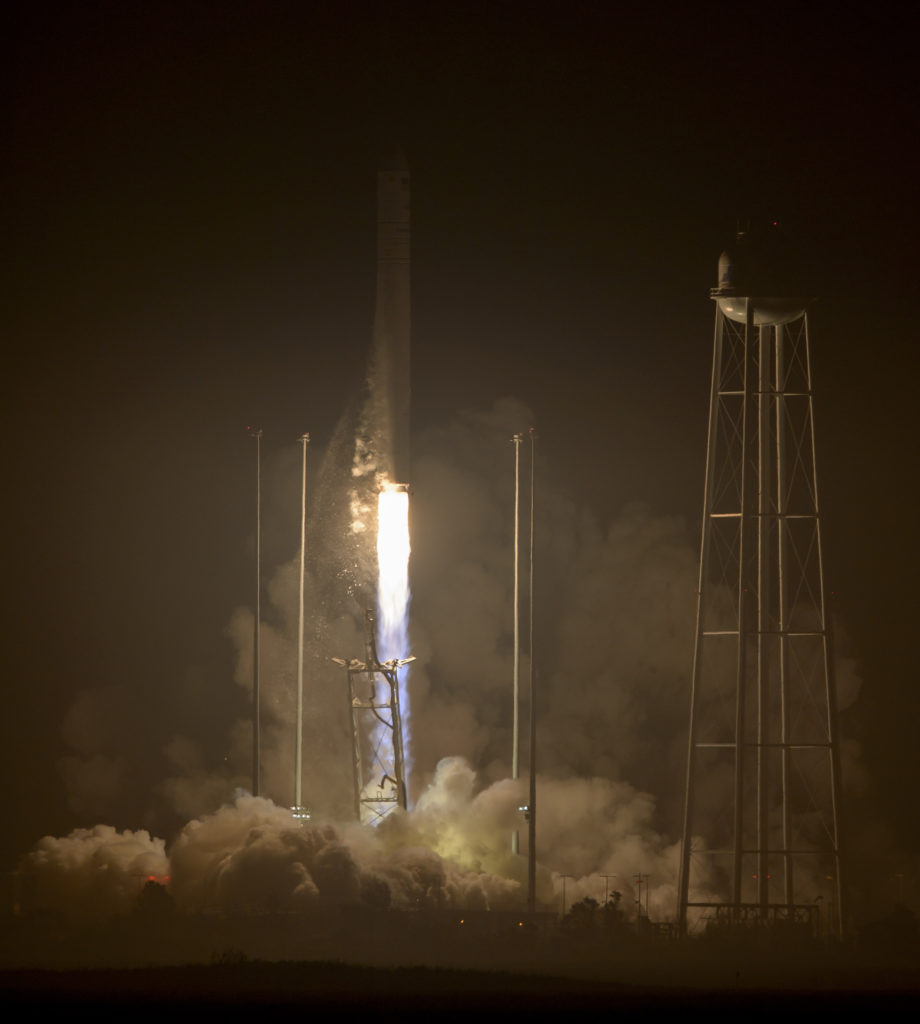 The Orbital ATK Cygnus cargo module bound for the International Space Station has been secured atop the United Launch Alliance Atlas V rocket at Cape Canaveral Air Force Station’s Space Launch Complex 41. After an early morning journey from Kennedy Space Center’s Payload Hazardous Servicing Facility, the payload fairing containing the Cygnus spacecraft arrived at the launch complex’s Vertical Integration Facility and hoisted into place atop the waiting rocket on Friday morning, March 17.
The Orbital ATK Cygnus cargo module bound for the International Space Station has been secured atop the United Launch Alliance Atlas V rocket at Cape Canaveral Air Force Station’s Space Launch Complex 41. After an early morning journey from Kennedy Space Center’s Payload Hazardous Servicing Facility, the payload fairing containing the Cygnus spacecraft arrived at the launch complex’s Vertical Integration Facility and hoisted into place atop the waiting rocket on Friday morning, March 17.
Launch and mission team members are participating today in a launch dress rehearsal. For more information on the Orbital ATK CRS-7 mission, visit http://www.nasa.gov/orbital.
Pictured: Prior to its move to Space Launch Complex 41, the Orbital ATK Cygnus pressurized cargo module was encapsulated in the United Launch Alliance Atlas V payload fairing inside the Payload Hazardous Servicing Facility. Photo credit: United Launch Alliance







